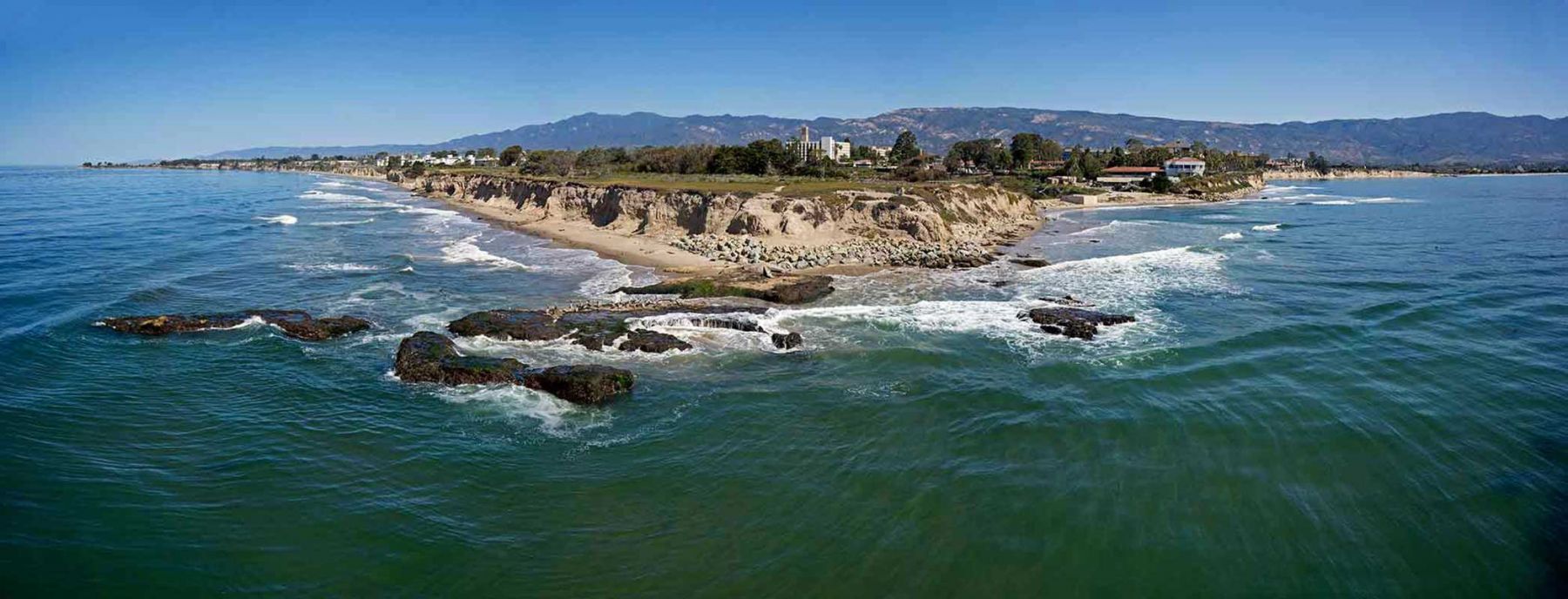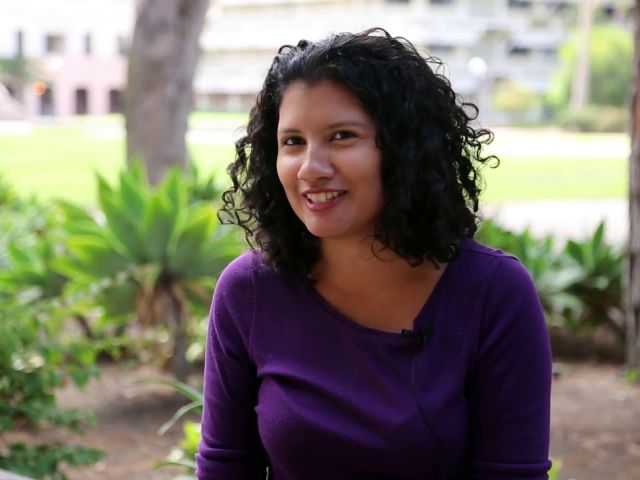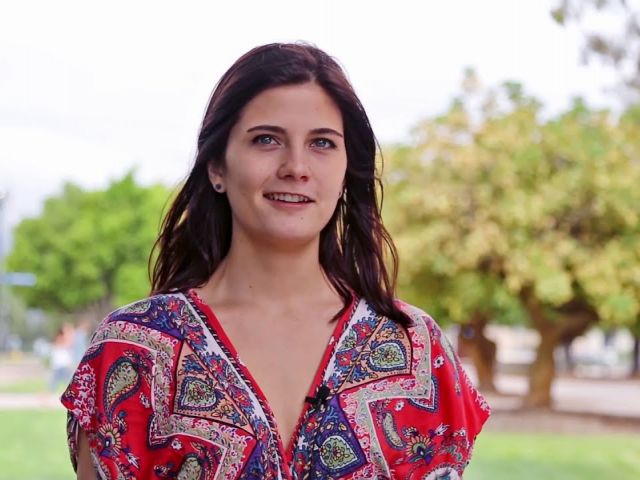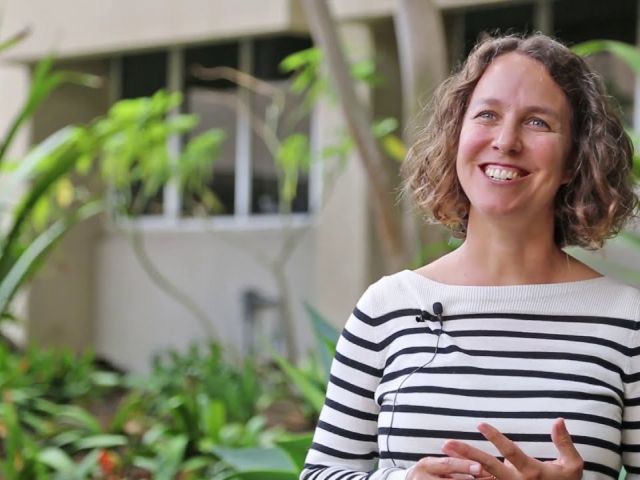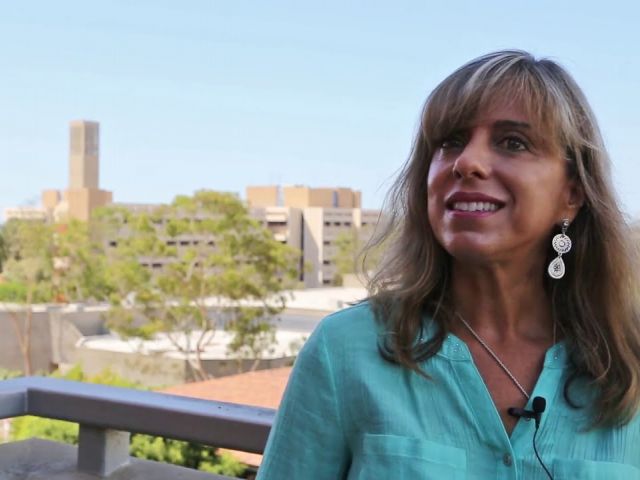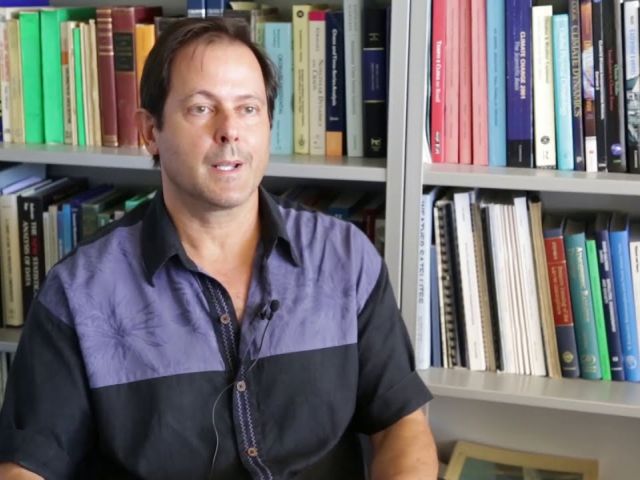Equity, Diversity, Inclusivity, and Wellness
In alignment with the core mission of the University of California, the Geography Department at UC Santa Barbara aims to foster an academic climate that not only celebrates diversity but also actively dismantles institutional and systemic barriers to diversity. As a department, we are committed to reform on individual and institutional levels.
Overview
The Department of Geography’s vision is to lead the integration of natural, social, and information sciences to solve problems of people and the environment. Two key terms in the vision that separates geography from most other fields is that, first, we take integration across knowledge domains as the central goal and, second, we use that to leverage better insights on problems that span the natural and social realms. Faculty in geography do not necessarily hold degrees in geography (only 4 currently do), but we all are characterized by having a particular domain expertise while also being committed to working across domains especially on problems where there are both natural and social aspects interacting. Reflecting that framing, our faculty are classified by domain/research area expertise and participation in cross-cutting themes. Domains define broad areas of science where we have sufficient faculty expertise to provide graduate level education.
Domains
The domain organization is coherent with campus-wide initiatives where geography faculty contribute and often take a leadership role, for example: GIScience faculty are linked to the Spatial Center (spatial@ucsb) and the Network Science initiative, Ocean Science faculty are aligned with IGPMS, Population and Health faculty are involved with the Broom Center for Demography and the UC Global and Planetary Health, Cognitive Science faculty are linked to the graduate emphasis in Cognitive Science, and the Terrestrial Sciences are linked to Bren, EEMB, Earth Science, and Environmental Studies both through direct interactions and through the Earth Research Institute. Cross-cutting themes are broad areas of scientific research that require integrated perspectives from several domains. One cross-cutting theme is focused on Climate Hazards Research. We recently established the Climate Hazards Center organized around integrated perspectives from faculty in the climate science, ocean science, population and health, and urban analytics domains. This theme also defines a large share of the departments extramural funding and leverages a talented pool of professional researchers housed within the department. Another theme is emerging around Sensor-Network Enabled Conservation Planning and Environmental Science. This balances overlapping expertise among our Terrestrial Sciences and GIScience domains and emerged from discussion following announcement of the Dangermond gift of the Bixby Ranch Preserve.
Department Culture
The Department of Geography is committed to the open and free exchange of ideas and opinions in all student, faculty, and staff interactions. As a Department, we have a responsibility to model productive dialogue in a way that is inclusive and allows for disagreement. It is the responsibility of each and every member of the Department community to treat others with kindness, to encourage participation and debate, to listen carefully to others, and to communicate with respect. Given the expectations of shared governance, the Department encourages and expects active service, which includes participation and creating space for all voices.
In addition to the aspirational principle above, all members of the department community are held to existing conduct codes for students, staff/researchers, and faculty.
Department History
The department was formed in 1974, when the Dean in Mathematical, Life, & Physical Sciences (MLPS) hired David Simonett, from Australia, as the first Chair. Simonett’s strategy was to hire senior professors, who were connected by the common use of measurement and analysis, in the fields of vegetation, marine, and water resources, and in human behavioral and urban economic studies, then to in-fill each field with junior people. Simonett had the vision, firepower, and pro-active supportiveness to get top talent and to nurture the fledgling community into an exciting department. The Master’s program began in 1978 and the Doctorate Program followed shortly thereafter in 1980. The department currently has 28 faculty members, 10 administrative staff, 4 research staff, 7 professional researchers, 22 specialists/postdoc scholars, 99 graduate students, over 200 undergraduates, and houses two centers: The Climate Hazards Center and spatial@ucsb.
Rankings
UCSB Geography is internationally recognized as one of the best Departments of Geography in the world, and we have been ranked among the top doctoral programs in the U.S. by a variety of indices for the past two decades. In 1995, The National Research Council ranked us number 4 in the nation, based upon reputation by peer review. In its 2010 Assessment of Research-Doctorate Programs, they used a new methodology designed to show the full complexity of the data and the difficulty of giving a unique ranking, and each program and department was given a range of possible rankings, depending on how much weight was given to the different components used in the ranking. Accordingly, our Graduate Division rated us number 2 in the nation, a ranking based on a “sort by S-weight 5th, then 95th percentile rank,” while Cornell University concluded that UCSB Geography is number 1, using a ranking “sorted by R Mid.” In the same vein, phds.org ranked us the number 1 “large, prestigious program” among Departments of Geography in the USA” in 2009, and the Chronicle of Higher Education ranked us number two in the nation on its “Top Research Universities Faculty Scholarly Productivity Index” in 2008.
Leadership
Research Domains
Video
- Welcome to UCSB Geography
- Geography Graduate Program
- Student Profile: Sophia Macarewich
- Faculty Profile: Susan Cassels
- Faculty Profile: Leila Carvalho
- Faculty Profile: Charles Jones
